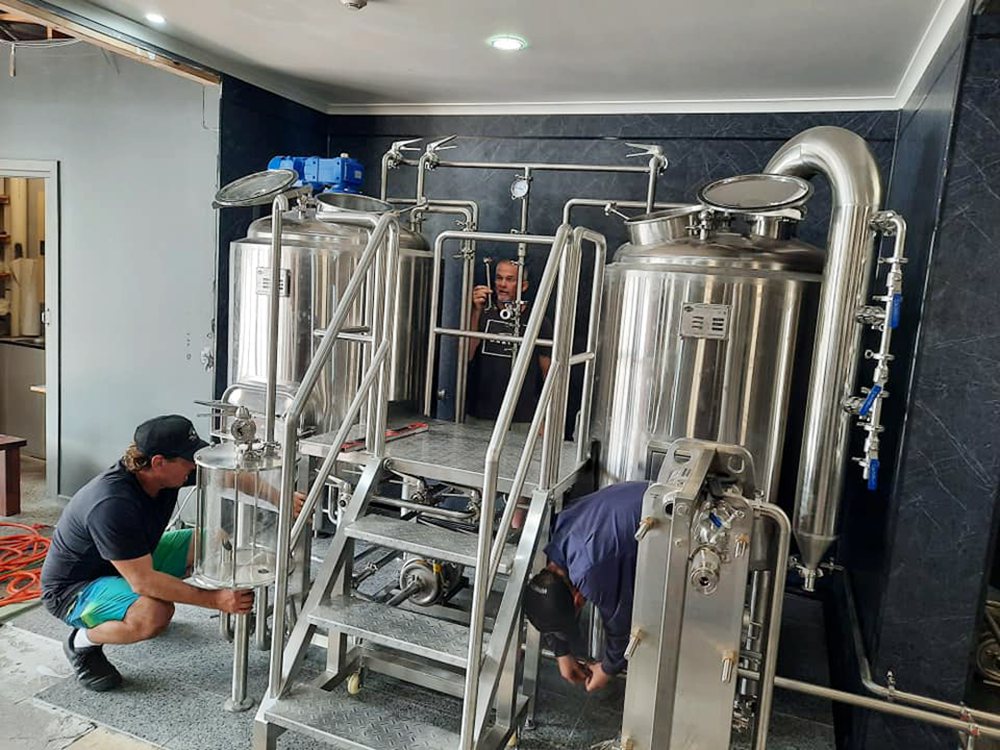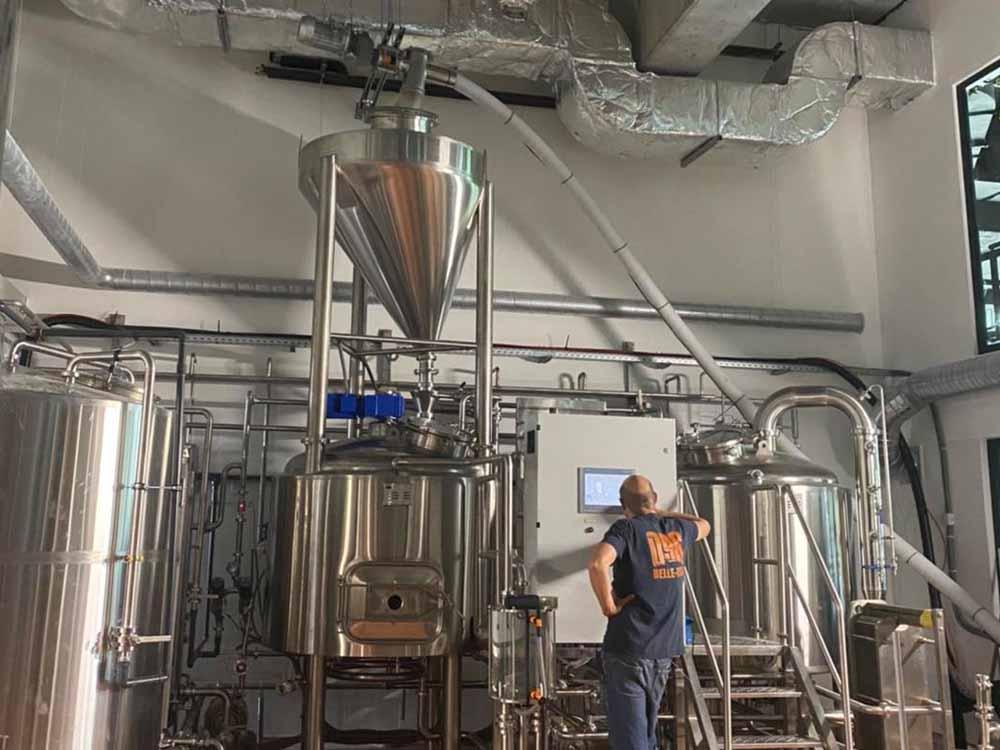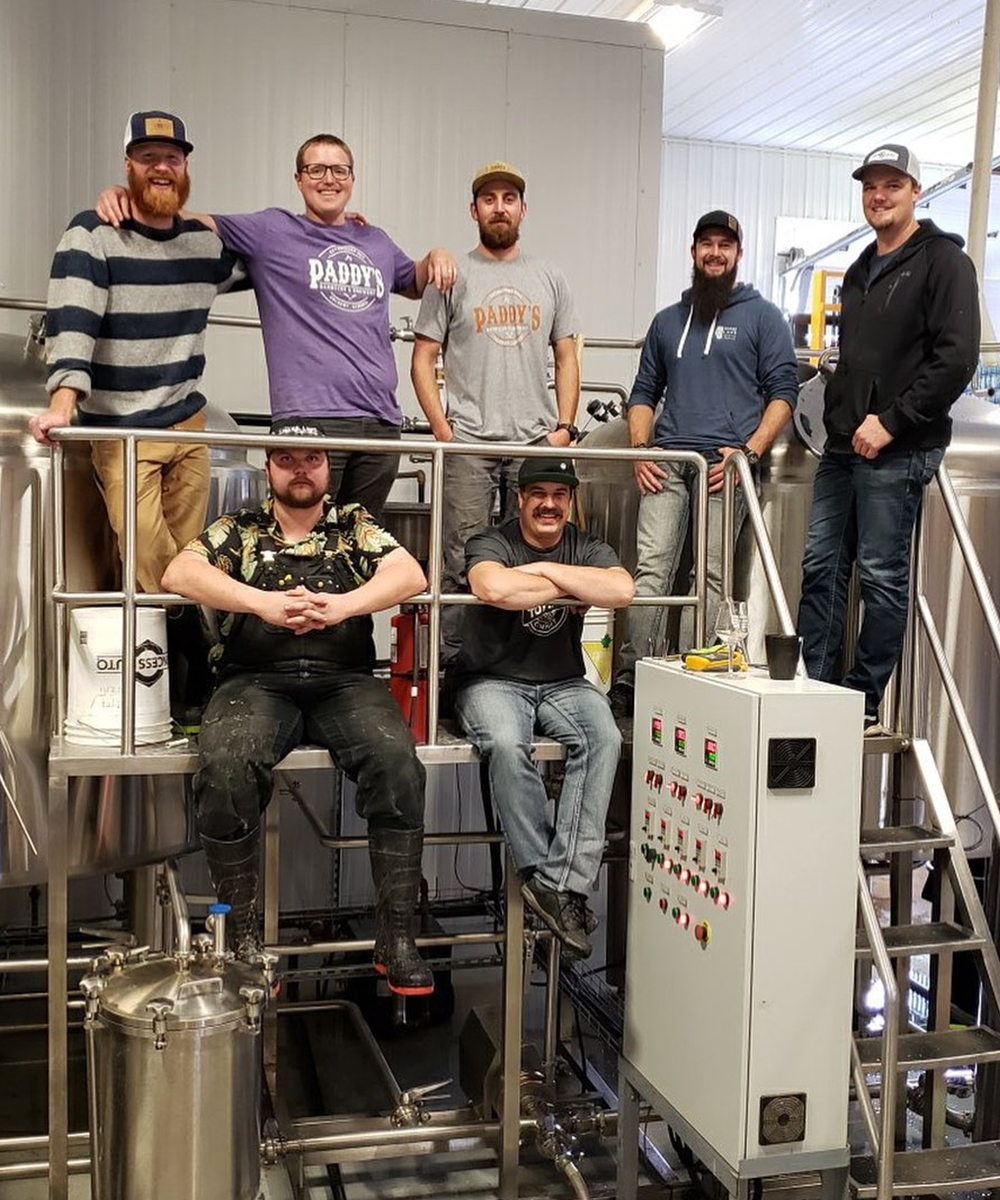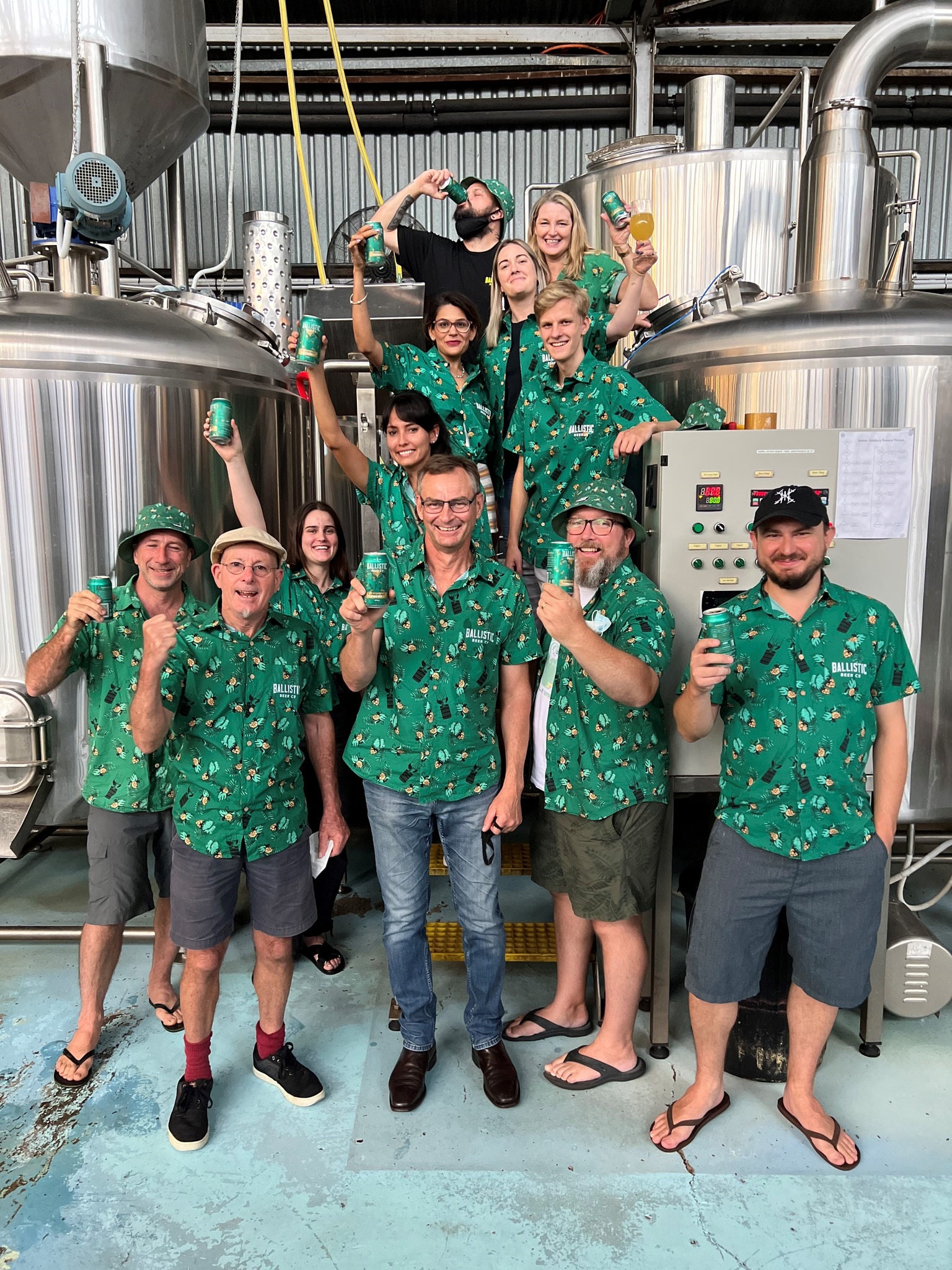
Mashing, meaning "sugar making", refers to the enzymes that convert starch into sugar and dextrin during the operation of a mashing plant.
The mashing of grain starches into fermentable sugars and non-fermentable dextrins is the basis for the formation of wort, a sugary solution that is subsequently fermented into beer. Using the various hydrolytic enzymes contained in malt, the insoluble macromolecules in the malt and auxiliary materials are broken down into soluble, low molecular substances under the right conditions (temperature, pH, time). This decomposition process is called mashing.
The purpose of mashing is to decompose and extract the raw materials so that the soluble substances in the raw materials are dissolved as much as possible, and the insoluble substances are turned into soluble substances and dissolved under the action of enzymes, thus obtaining a certain amount of fermentable sugar and wort, which is used for the nutrition of the yeast and the flavour of the beer.
The enzymes required for the conversion process are present in the final malt. Enzymes are produced during the malting process and for the brewer we need to be concerned with the activity of the two main enzymes in beer: alpha-amylase and beta-amylase.
Alpha-amylase breaks down large, complex, insoluble starch molecules into smaller soluble molecules for use in beta-amylase. It is stable in the hot aqueous mash and converts starch into soluble sugars at temperatures ranging from 145°F to 158°F. Remember that the temperature range is important because as you reach higher temperatures the denaturation process increases and the enzymes are gone within five minutes. Pouring the grain into hotter “brewing” water to account for the drop in temperature can also cause problems. Even a few seconds of exposure to heat can affect enzyme activity, so make sure to lower your body temperature as soon as possible.
Beta-amylase is another mash enzyme capable of breaking down starch and producing soluble sugars. After alpha-amylase produces smaller soluble molecules, beta-amylase produces most of the fermentable sugars by breaking down starch to produce maltose, glucose, and maltose. These enzymes help produce lighter substances and more alcohol and are most active at 131°F-149°F. As temperatures approach 149°F, these enzymes run very fast but are also denaturing. In short, if the mash is kept at a temperature in the beta-amylase range, then a greater proportion of the soluble sugars will be maltose and thus easier to ferment.
Still have a problem on choosing the brewery equipment? We can help with your final decision. If you are looking for a turnkey solution for craft beer brewing system, please contact us. We are looking forward to working with you. Send an email now: [email protected]










Get A Quote